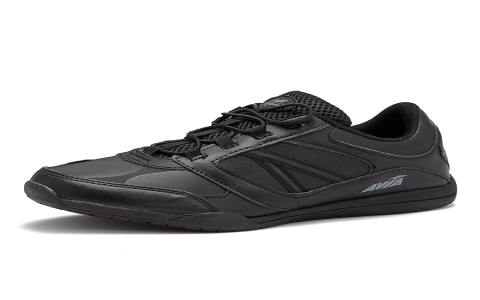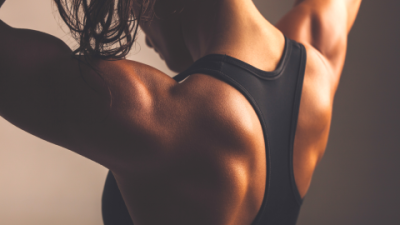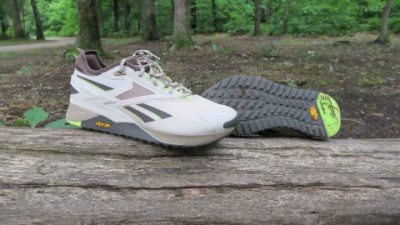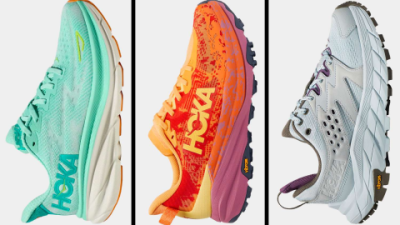Rocker shoes — you’ve probably heard the term tossed around, maybe even seen a pair in a store window, but what exactly are they? If you’re like me, you might wonder if they’re just some quirky fashion trend or if there’s real science behind them. Well, spoiler alert: rocker shoes are more than just a cool-looking pair of kicks. They’re designed with a purpose, and that purpose is to make walking and running easier on your feet and joints.
So, what are rocker shoes? Simply put, they’re shoes with a curved sole that helps your foot roll forward smoothly as you walk or run. Imagine a rocking chair, the way it gently rocks back and forth — that’s the basic idea behind these shoes. Instead of a flat sole, the bottom of rocker shoes is rounded, which changes the way your foot hits the ground and pushes off. Sounds simple, right? But this little curve can make a big difference.
There are a few types of rocker shoes, each with its own twist on the curved sole. The most common is the heel-to-toe rocker, where the sole curves from the heel all the way to the toe. This design helps your foot roll smoothly from heel strike to toe-off, which is great if you tend to land on your heel when you walk or run. Then there’s the toe rocker, which focuses the curve under the front part of your foot — this one’s perfect if you’re more of a forefoot striker or have issues like big toe arthritis. And finally, some rocker shoes curve more on the inside or outside edges to help with balance, especially if you’ve got foot deformities or stability problems.
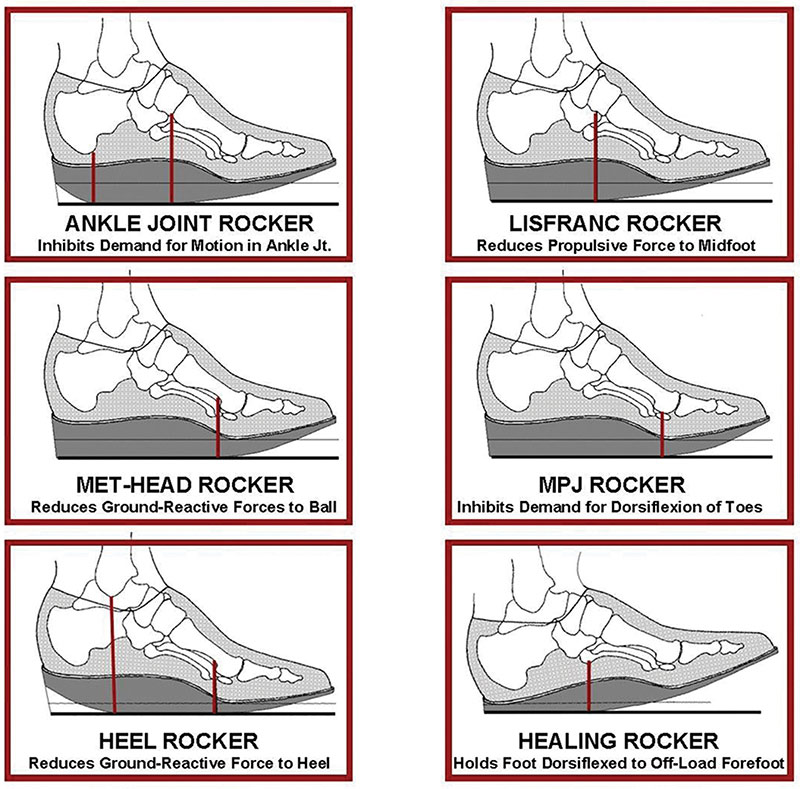
How do these curved soles actually work? Well, when you walk, your foot naturally rolls from heel to toe, but sometimes this motion can be stiff or painful, especially if you have joint problems or injuries. The rocker sole helps by making that rolling motion easier and smoother. It’s like giving your foot a little help to glide forward instead of dragging or pushing hard. This can save energy, reduce stress on your ankle and knee joints, and make walking less tiring. I remember trying a pair of rocker shoes after a long day on my feet, and honestly, it felt like my legs were thanking me for the break.
One of the biggest perks of rocker shoes is how they redistribute pressure on your feet. If you’ve ever dealt with foot pain — maybe plantar fasciitis, arthritis, or even diabetic foot issues — you know how painful certain spots can get. Rocker soles help by shifting the pressure away from those sore areas, giving them a bit of relief. It’s like having a built-in cushion that knows exactly where you hurt.
Who should really think about trying rocker shoes? Well, runners and athletes often like them because they can improve running efficiency and reduce fatigue. But they’re also a godsend for people with foot pain or conditions like arthritis, plantar fasciitis, or Achilles tendon problems. If you’re recovering from an injury, rocker shoes can help you keep moving without aggravating your sore spots. And for folks with diabetes, they’re often recommended because they help prevent foot ulcers by reducing pressure points.
Now, I’ll be honest — rocker shoes aren’t perfect for everyone. Switching from your regular shoes can feel a bit weird at first. Your foot and leg muscles might need some time to get used to the different way of walking. Some people even notice that their foot muscles feel less worked because the shoe is doing some of the job for them, so it’s good to balance wearing rocker shoes with some foot-strengthening exercises. Also, because rocker shoes change how your foot moves, sometimes the load shifts to your knees or hips, which could cause discomfort if you’re not careful.
Picking the right rocker shoe depends a lot on your walking or running style. For example, if you land on your heel, a heel-to-toe rocker is usually best. If you’re more of a forefoot striker, a toe rocker might feel better. It’s always a good idea to try different types and see what feels right. And don’t rush into it — start wearing them for short walks or runs until you get the hang of it.
Here’s a quick rundown comparing rocker shoes to traditional shoes:
| Feature | Rocker Shoes | Traditional Shoes |
|---|---|---|
| Sole Shape | Curved, rounded | Flat or slightly flexible |
| Gait Mechanics | Promotes smooth rolling motion | Relies on foot joint flexibility |
| Joint Load | Reduced stress on ankle, knee, hip | Normal joint loading |
| Pressure Distribution | Redistributes pressure away from pain points | Pressure concentrated on heel/toes |
| Stability | Often wider base for better balance | Standard base width |
| Adaptation Needed | Yes, transition period recommended | No |
| Ideal Use | Injury recovery, arthritis, running efficiency | Everyday use, casual wear |
Now, some common questions people ask about rocker shoes:
Q: Can I wear rocker shoes all day?
A: Absolutely! Many rocker shoes are designed for everyday comfort. Just keep in mind some models might feel bulkier or heavier than your usual sneakers, so it’s good to test them out first.
Q: Will rocker shoes help with plantar fasciitis?
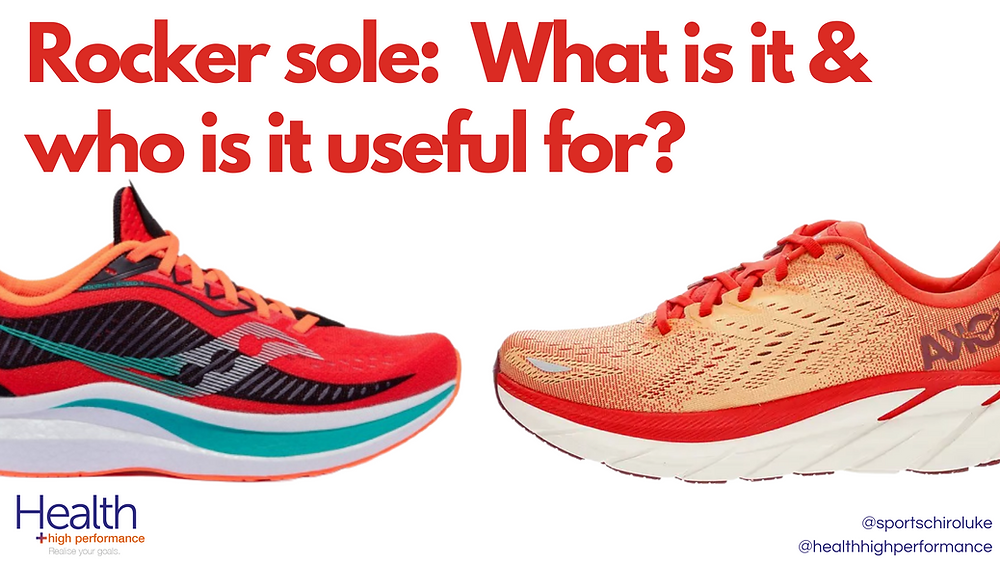
A: Yes, they can. By reducing strain on the plantar fascia and spreading out pressure, rocker shoes often ease the pain associated with plantar fasciitis.
Q: Do rocker shoes make you run faster?
A: For some people, yes. They can improve running efficiency and reduce fatigue, but if you’re a sprinter or need maximum force, other shoe designs might be better.
Q: How long does it take to get used to rocker shoes?
A: Usually a few walks or runs. It feels different at first, so take it slow and give your body time to adjust.
Q: Are rocker shoes good for people with diabetes?
A: Definitely. They help lower peak pressure on the feet, which reduces the risk of ulcers — a big deal for diabetic foot care.
To wrap it up, rocker shoes are more than just a fad. They’re thoughtfully designed to work with how your foot naturally moves, helping reduce pain, improve balance, and make walking or running feel easier. If you’ve been struggling with foot pain or just want to try something new to improve your stride, rocker shoes might be worth a shot. Just remember to ease into them and listen to your body — your feet will thank you.
